Manual espresso machines: How to pull the perfect shot
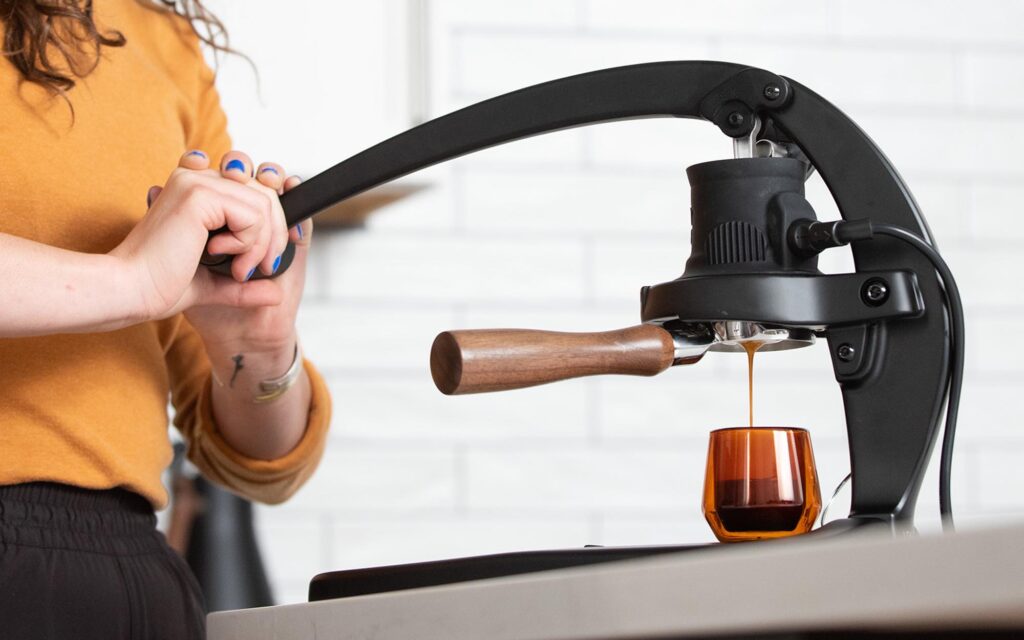
When it comes to making espresso, we typically think of automatic machines. These use built-in boilers and pumps to force pressurised water through the “puck” – which results in concentrated shots of espresso.
Many coffee shops around the world use these machines to prepare high-quality drinks and streamline workflow. But investing in a high-performance espresso machine is costly, and not the most economical option for home brewers and coffee enthusiasts.
Similarly, using budget home espresso machines often doesn’t lead to great results, which is why manual machines have started to become more popular. While these models are more affordable, the quality and performance of manual espresso machines has also been increasing in recent years.
With more sophisticated technology, users can exert more control over extraction variables to pull excellent shots of espresso. So how can you get the best results when using manual machines?
I spoke to Charles Temkey and Jeff Walcott at Flair Espresso to find out more.
You may also like our article exploring the evolution of manual espresso machines.
How do manual espresso machines work?
As the name suggests, manual espresso machines (also called lever machines) are used by hand, and don’t rely on automated technology to pull shots – although some models do include small built-in boilers.
Jeff Walcott is the Head of E-Commerce and B2C marketing at Flair Espresso. He explains how the process works.
“Manual machines mimic what happens inside an automatic or a semi-automatic espresso machine,” he says. “They are like simplified versions of the same scientific approach. The lever lowers a piston that forces hot water through a bed of finely ground coffee.”
Given their more simplistic design, manual machines can often be an entry point for people interested in preparing high-quality espresso at home.
Charles’ role at Flair Espresso is Espresso Machine R&D, Production, and Technical Support.
“Compared to traditional espresso machines, manual machines are more approachable, especially for people who are new to specialty coffee,” he says. “At the same time, seasoned baristas can also use them to achieve great results in terms of quality in the cup.”
How are these machines changing?
Since their entry into the market in the mid-2010s, hand-operated espresso machines have evolved significantly in terms of both form and function. For example, the features of these machines have become more advanced and precise, meaning it’s easier to change different extraction variables.
“For instance, the Flair 58 Plus, includes a heating element which keeps the brew chamber at a stable temperature without having to pour hot water to preheat first,” Charles explains.
Most manual espresso machines require the user to add hot water to a separate chamber as they are not connected to a water source. Once you pull the lever, water moves into the brewing chamber, and here is where the user can play around with different levels of pressure.
“The Flair 58 Plus’ valve plunger allows for as much or as little pre-infusion as you want,” Charles tells me.
As soon as water enters the brewing chamber, it will come into contact with the ground coffee – and the pre-infusion stage begins. By slowly and steadily releasing and pulling the lever, the user can change pressure and control the flow of water.
Similar to automatic machines, the design of manual espresso machines is also becoming more sophisticated. For example, Charles says the Flair 58 Plus features custom branding and walnut accents on the portafilter, t-grip (or level handle), and tamper.
“Most folks want the product to look good on the counter to be proudly displayed in their kitchens or their businesses – which extends beyond coffee shops,” he adds. “Flair is used at three-Michelin star Danish restaurant Geranium, for instance.”
Why does pressure matter so much?
Pressure plays a key role in extracting espresso. When hot water is forced through very finely ground coffee under high pressure (usually around nine bar), this results in the highly concentrated beverage we know as espresso.
Most manual espresso machines, including the Flair 58 Plus, have integrated pressure gauges which allow baristas and home brewers to monitor pressure levels throughout extraction, and thereby better understand when to change them.
“You also have the option of digitally plotting graphs to measure flow profile more accurately using Bluetooth devices like Naked Portafilter’s Smart Espresso Profiler, for example,” Jeffrey says.
Charles meanwhile explains how adjusting pressure and flow rate during manual extraction can impact the final results in the cup.
“If you start with a 1-2 bar pre-infusion period until the puck becomes saturated (when you see the first drops of espresso), you can then increase the level of pressure (sometimes quickly, sometimes slowly) for the duration of the extraction,” he says. “You then slowly reduce pressure towards the end of the shot to control flow rate and maximise extraction and flavour, while also minimising bitterness and astringency.”
Greater control over extraction
As manual espresso machines have become more advanced, so has the ability to tweak different brewing variables. Adjusting temperature is just one example of many.
“The temperature range of the Flair 58 Plus starts at around 85ºC (185ºF),” Jeff explains. “It goes up in five-degree increments to 90ºC (194ºF) and 95ºC (203ºF), which roughly correlates to optimal brewing temperatures for dark, medium, and light roast profiles, respectively.”
Although there are many variables to consider when brewing different roast profiles (including grind size and total extraction time), temperature is arguably one of the most important. This is because darker roasts are generally more soluble than lighter roast profiles, so lower temperatures will reduce the chance of extracting more bitter and roasty flavours.
“The detachable preheat controller includes a 0.1mm-thick film heating element – similar to a coil element on an electric stove – which wraps around the grouphead under an insulating silicone shroud,” Charles says. “You then use a one-button PCB (printed circuit board) controller to select between the three temperature settings.”
Using machine features to your advantage
Beyond changing temperature, dose, yield, extraction time, and grind size, there are other ways for baristas and home brewers to control and improve the quality of their espresso.
“One of the best ways to judge the quality of your shot is to watch it extract from the bottom of the portafilter,” Jeff says. The easiest way to do this is to use a naked portafilter so that the bottom of the basket is completely exposed.
To make this process more straightforward, many manual espresso machines include articulating shot mirrors so the user can spot any signs of channelling (when water flows unevenly through the puck).
“Shot mirrors help streamline workflow and improve the overall brewing process, with the goal of extracting the best espresso possible,” Jeff adds. “It’s almost like watching your cookies brown in the oven.”
Moreover, compared to automatic machines, users can more easily control pressure levels with manual espresso machines. So if channelling were to occur, you can release the lever to reduce pressure – and potentially still extract a good shot.
Tips and advice to get the best results
Manual espresso machines work slightly differently to their automatic counterparts, so users always need to bear this in mind.
Be sure to give your machine enough time to preheat and stabilise before pulling shots. The Flair 58 Plus, for example, takes around ten minutes to reach a stable temperature.
As with any brewing method, investing in a high-quality burr grinder is an absolute must.
“Using a good, consistent burr grinder will go a long way in helping you to dial-in your espresso, and allow you to experiment with different variables,” Jeff says.
Once the coffee is ground, proper puck preparation is essential. Charles says he’s a fan of the Weiss Distribution Technique (WDT), which helps to properly distribute grounds before tamping.
He also recommends using a temperature-adjustable electric kettle as your water source, and then tweaking according to your chosen roast profile.
Experimenting with ratios
For more advanced brewers, testing out different pressure profiles and ratios can help to achieve great results with manual espresso machines.
“I would start with a 1:3 ratio,” Charles explains. “If you have an 18g dose, aim for a yield of around 54g. I tend to use shorter ratios when adding milk because the flavours of the coffee can push through more.
“Then you can try some ‘ristretto’ style shots at a 1:2 or even 1:1 ratio – especially if you like thick, highly-concentrated espresso,” he adds. “Ratios of 1:4 to 1:6 allow you to open up the coffee a little more – especially lighter roasts – which can increase the extraction of more aromatic and floral tasting notes.”
Ultimately, experimentation is key, as Jeff says: “It’s a learning curve, and each coffee is different, so it’s an opportunity to change different variables as you go along.”
With the quality of manual espresso machines only improving, it’s become much easier to extract excellent espresso. However, as with any kind of machine or brewing method, the key is to know how to control as many variables as possible.
“To get the best results, you need to be willing to practise and experiment,” Jeff concludes.
Enjoyed this? Then read our article on cold-pressed espresso.
Photo credits: Flair Espresso
Perfect Daily Grind
Please note: Flair Espresso is a sponsor of Perfect Daily Grind.
Want to read more articles like this? Sign up for our newsletter!
The post Manual espresso machines: How to pull the perfect shot appeared first on Perfect Daily Grind.
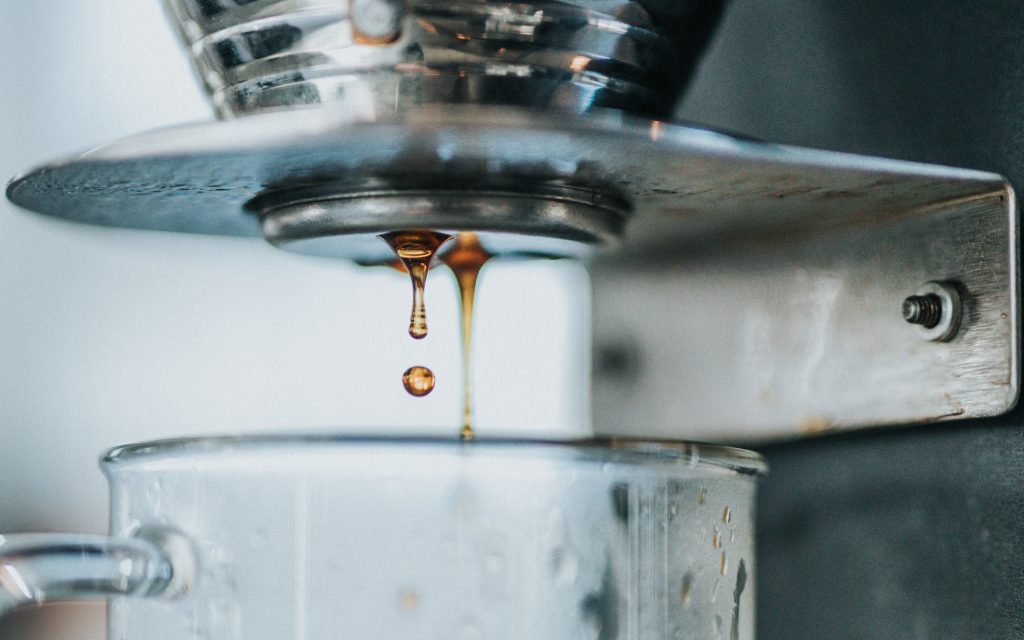
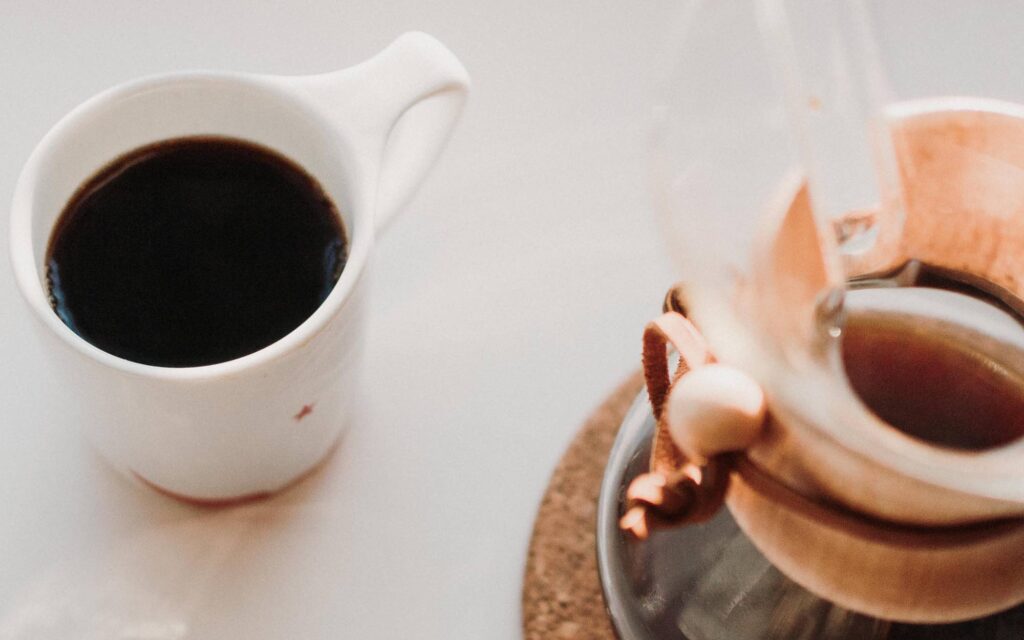
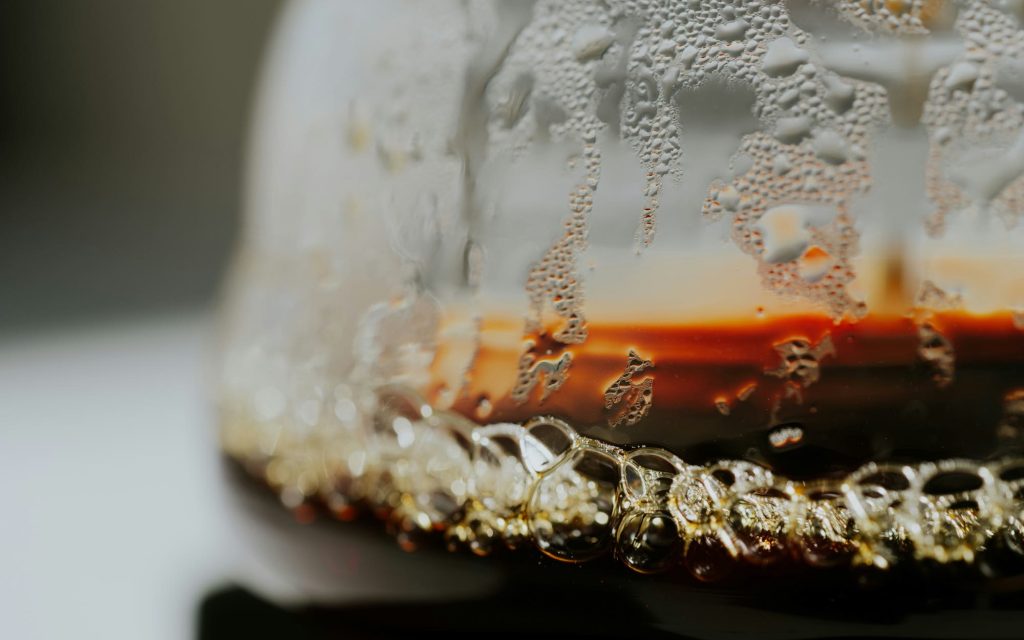

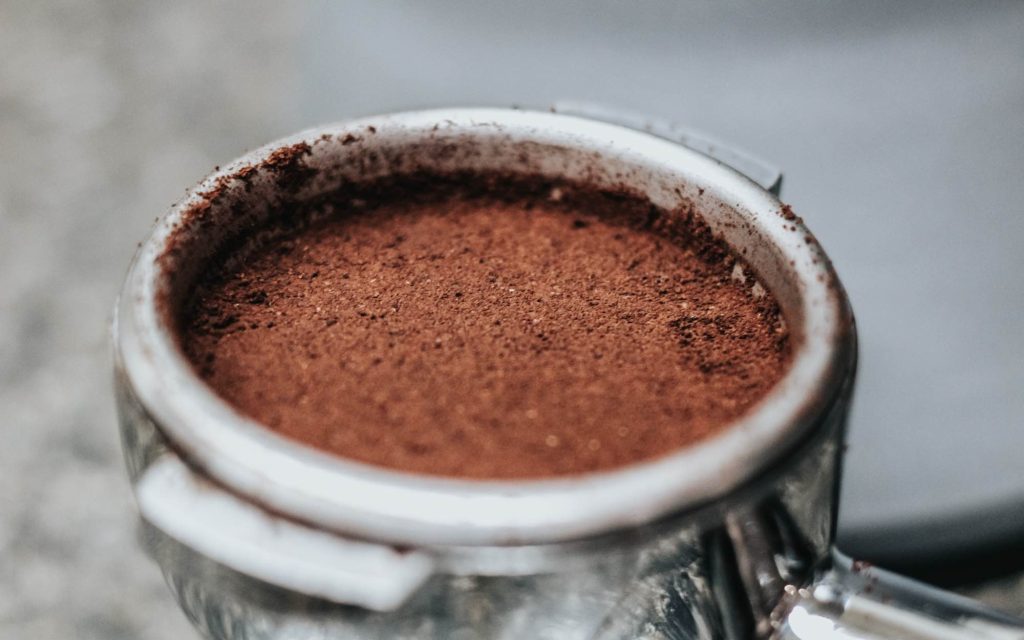
Responses